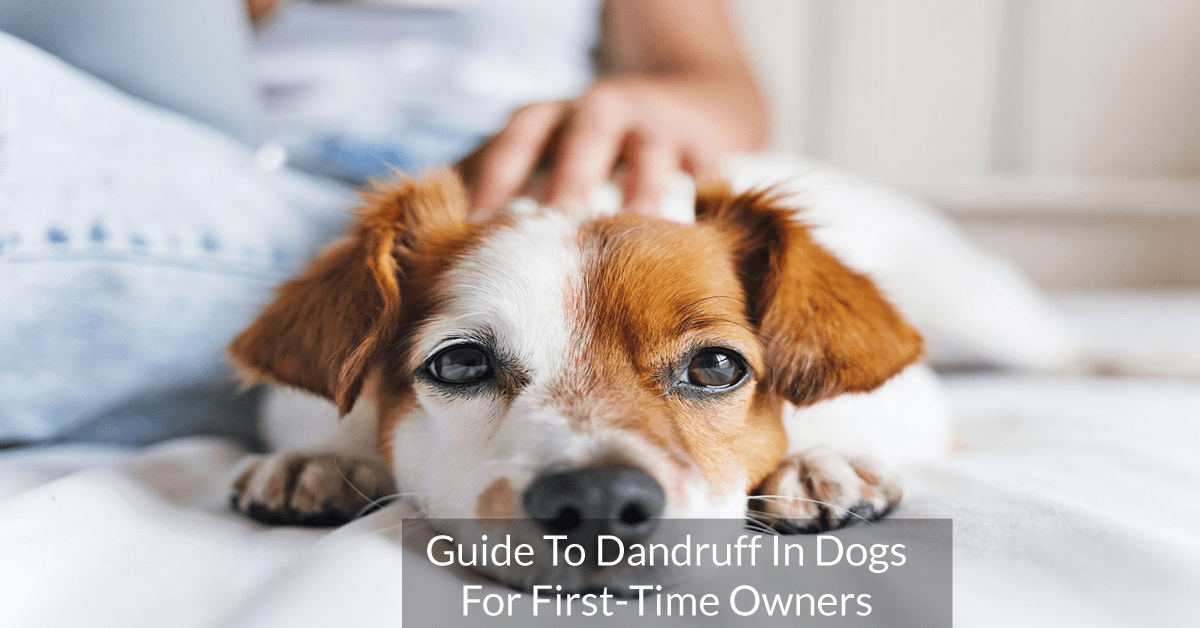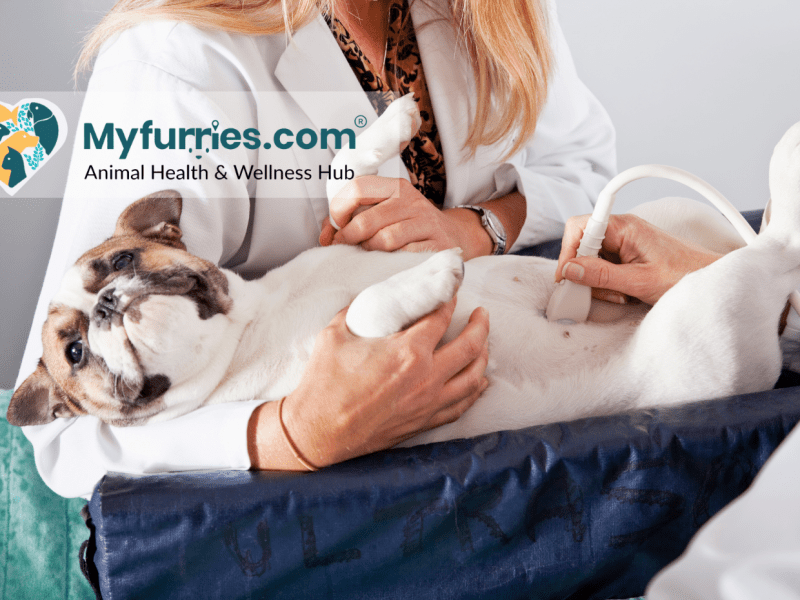This all-inclusive guide will help you to understand dandruff in dogs, its symptoms, causes and treatment options, as well as why you should get it checked as soon as possible.
Flaky skin, continuous scratching or itchiness are some of the many indicators that your dog is suffering from dry skin or dandruff. Furthermore, dandruff in dogs can also be an indication of an underlying problem that needs attention. Just like humans, as a pet parent, you need to ensure that you get it checked on time and start the necessary treatment before it worsens.
What is dry skin or dandruff in dogs?
Dogs develop dandruff when there is an overproduction of the sebaceous glands. The primary roles of these glands are to provide the skin with the necessary nourishment and produce enough oils to protect the skin.
Understanding the symptoms of dog dandruff
Platforms like MyFurries offer you a comprehensive database of different kinds of medical and skin conditions in dogs, including dandruff or dry skin in dogs and puppies. The prominent symptoms of dandruff in dogs include
- Increased scale formation
- Crusting
- Excessive greasiness of the hair coat or to the skin
- Secondary inflammation or infection
- Hair loss or excessive shedding of fur
- It may also include excess itching
Types of Dry skin in dogs and puppies
Golden Retrievers, Labradors, Dachshunds, English Springer Spaniels, Basset Hounds, American Cocker Spaniels are some of the main breeds prone to dry skin in dogs and puppies. There are two main forms or types of dandruff in dogs. They are as follows.
- Primary forms
The primary form of dandruff in dogs is often referred to when the condition is genetic or heredity to certain breeds in specific. In such cases, the problem progresses as the dog ages and starts at a young age.
- Secondary forms
The secondary form of symptoms of dandruff or dry skin in dogs is often associated with an underlying condition or ailment in the dog. It can also be because your dog is suffering from a particular disease or problem that causes crusting and scaling of the skin, infection, hair loss, pussy inflammation etc.
Causes of dandruff in dogs
- Primary causes of dandruff
There are different reasons why your dog has developed or is having a dandruff issue; however, most of the time, this can be a result or symptom of a hormonal disorder or some kind of allergy. Dogs under five tend to develop this condition either due to a genetic disease or an allergy.
- Secondary causes of dandruff
Problems like endocrine disorders, food sensitivity, ringworms, fleas or mites are some of the reasons why your dog may develop dry skin or dandruff issues.
Booking an appointment with the vet through MyFurries at the earliest will help you to understand why your dog has developed a dry skin or dandruff problem.
Diagnosing the causes behind dandruff in dogs
Physical Examinations
The diagnosis of why your dog is developing a dandruff problem includes a physical examination as soon as you meet the vet. The physical examination generally helps the vet to understand what is going on. To understand the situation better, the vet will also ask you a few questions like
- The diet of the dog
- The living conditions or environment in general
- The daily schedule of the dog, including his/her walks and exercises
- The medical history of the dog, including any ongoing medicines or supplements.
Diagnostics and tests
If the vet feels that further testing is needed, he/she may take a sample of the skin and even a routine blood test to understand the other reasons or causes of why your dog is having a dandruff issue. This will help the vet to understand if your dog has
- Parasites, Mites or any other such problems
- Ringworms
- Bacterial or yeast infections
- Hormonal disorders
- Food sensitivity issues
Treatment of Dry skin in dogs and puppies
There are various kinds of treatment options the vet may recommend based on his or her diagnosis. The course of treatment can be either one or a combination of the following.
- Tropical applications
The treatment for dandruff in dogs can be either tropical-like creams, shampoos, oils or sprays.
- Medicines and supplements
In some cases, the vet may also recommend medicines and supplements in cases like skin infections, internal problems, etc.
- Dietary Changes
If the cause of dandruff is due to food sensitivity, the vet will make changes in your pet’s diet. The chances could also include a change in the quantity and the number of times you feed your pet.
- Change of daily routine AKA lifestyle changes
If the living conditions or lifestyle of your dog does not favour the breed, the vet may even advise you to make certain changes on this front.
To understand more about the symptoms of dandruff or dry skin in dogs, follow MyFurries for more information regarding dandruff or dry skin in dogs



